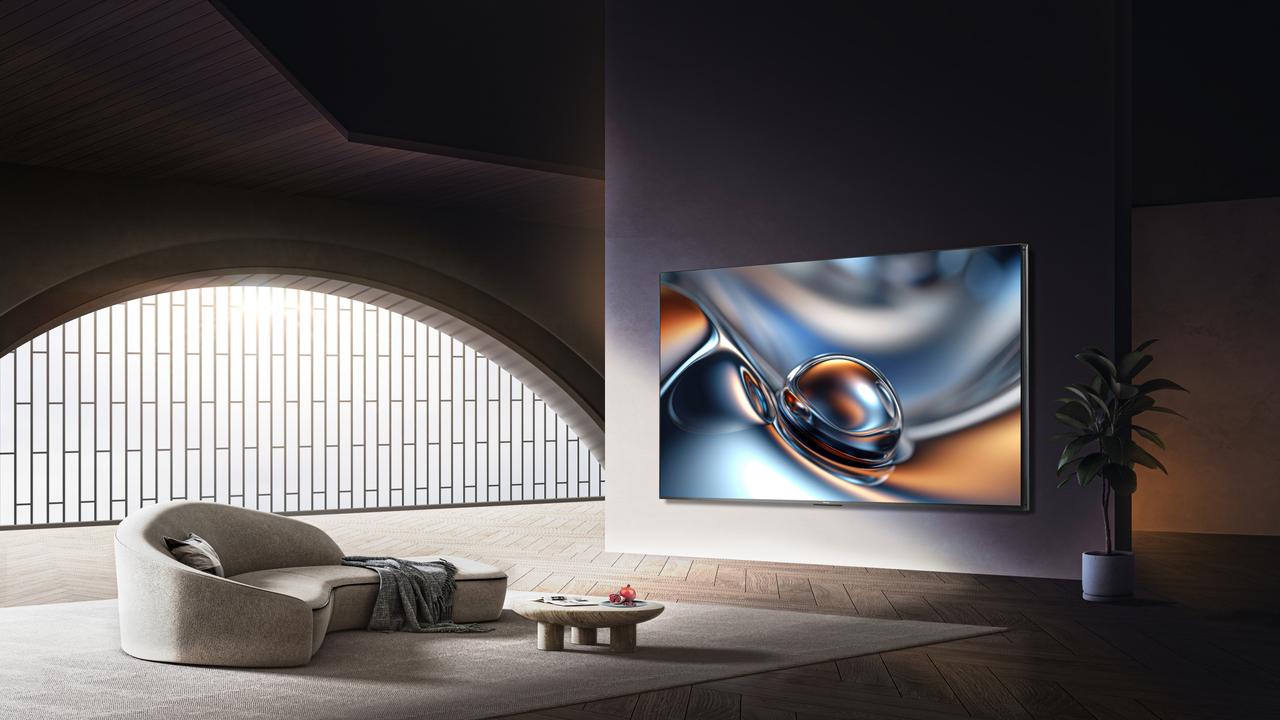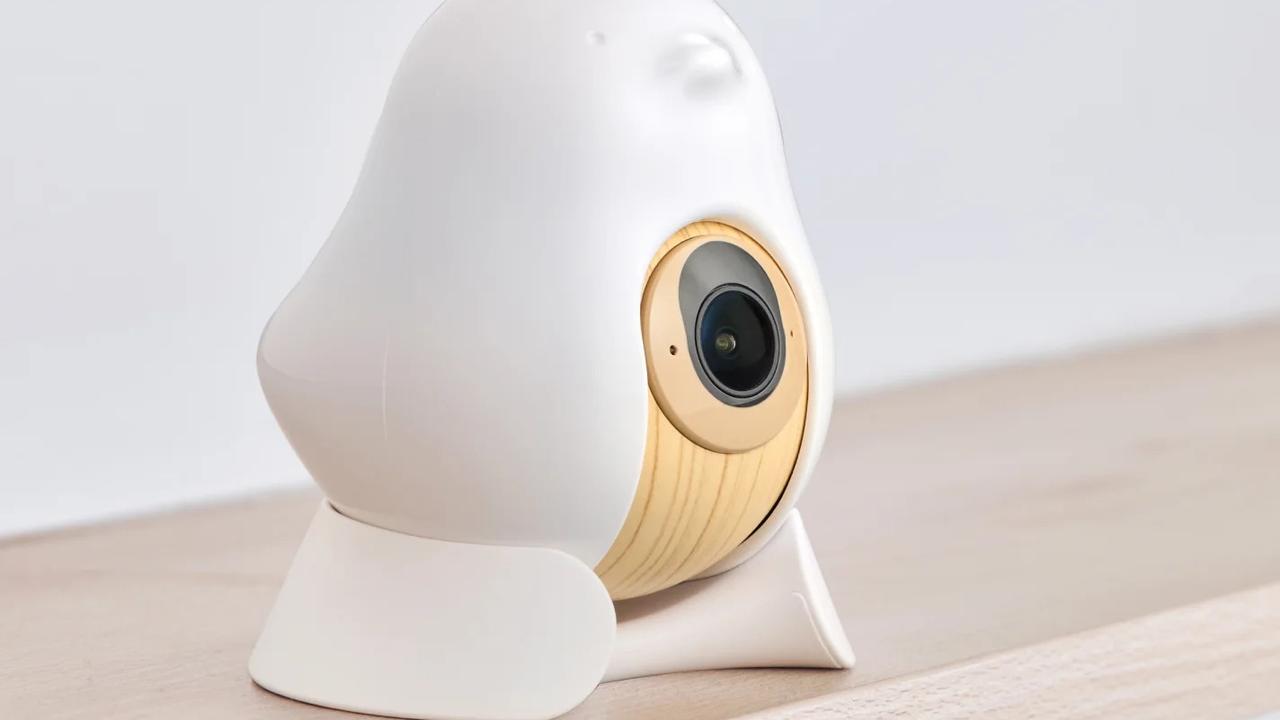Review: Sonos Beam Gen 2 soundbar
Sonos has released its second generation of the Beam, a sibling to the Sonos Arc.
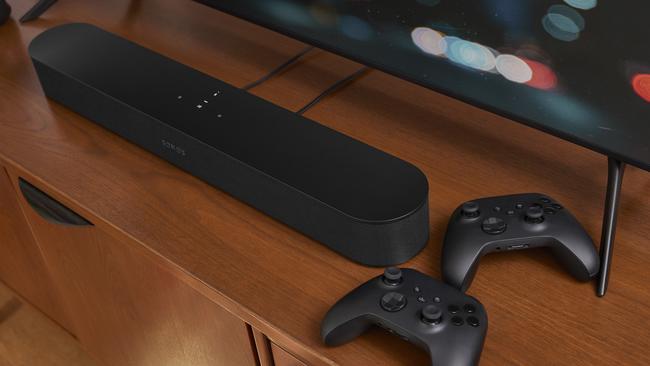
Consumer reports show that Australians are buying new TVs at a rapid rate. With big bucks being spent on a beautiful new set, more of us are spending the change on a sound experience to match. With televisions so thin, audio quality suffers and a soundbar becomes a necessary purchase.
Sonos has released its second generation of the Beam, a sibling to the Sonos Arc. The Beam Gen 2 provides similar capabilities to the Arc but is suited to a smaller room. For the average living room, the Beam will meet the needs of most.
The latest model features Wi-Fi and Ethernet connectivity to your home network and can be controlled from your smartphone. An infra-red receiver on the Beam means that your existing television remote controls the volume so the set up process is simple and feels integrated. You can tune the soundbar to the room you are in using TruePlay during this set up. Sadly, this feature is only supported on iOS devices and can’t be done with an Android smartphone.
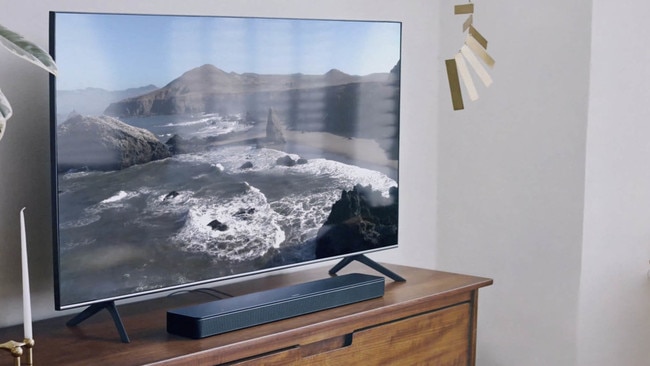
Sonos also provides the ability to use Beam with your choice of the Amazon or Google voice assistants. Given the pedigree of Sonos in the music space, the Beam works as a great device for playing music when the TV is off and can be a great central smart speaker in the home. The addition of Dolby Atmos offers a virtual 3D surround experience that is surprisingly good.
The Beam will perform well in most living rooms but I’d recommend a larger set up for a dedicated home theatre. The updated aesthetics bring the Beam in line with the design of the Roam and Arc, and make it easier to clean compared to the cloth laden generation one model.
If you need more, you can add a separate subwoofer or rear speakers when budget or needs change over time. Existing Sonos owners will tell you that your first Sonos purchase is rarely your last. Multi-room audio is a strength of Sonos and you will find yourself decking out more rooms in your house with their speakers very quickly.
Bose brought a similar product to the table with the Smart Soundbar 300. This similar sized soundbar doesn’t create a virtual 3D surround experience but certainly provides an improvement over TV speakers. It offers supporting voice assistants and app controls just like the Beam does.
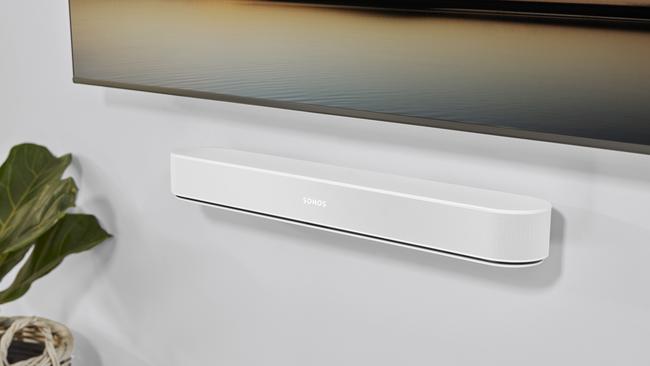
Bose provides a separate remote control with the Smart Soundbar and it does that for one good reason – Bluetooth. With the Smart Soundbar enabling Bluetooth connections, you can quickly stream content from any compatible device to the speaker. You can connect Bluetooth headphones to the soundbar for late night movies without a compromise in volume. I’d spend the extra $100 for the Beam, primarily due to the sound experience.
Brands like Samsung and LG also make excellent soundbars to match their TV line-ups. They tend to offer more bang for your buck but potentially lack in areas such as multi-room and support in the long term.
The now retired Sonos Playbar soundbar received software improvements and updates for more than ten years, something you’re unlikely to find with TV brands. One advantage of matching the TV to your soundbar is bundle pricing. Integration is often more than skin deep.
I’d recommend an in-person encounter to hear the differences between speakers for yourself when ready to buy. With the Bose and Sonos option coming in under $700 it’s a small price to pay to bring your TV experience to life. Price: $699.
Geoff Quattromani is the founder of OfficeforTomorrow.com and contributor to The Australian. Continue the conversation with Geoff on Twitter at @GQuattromani.

